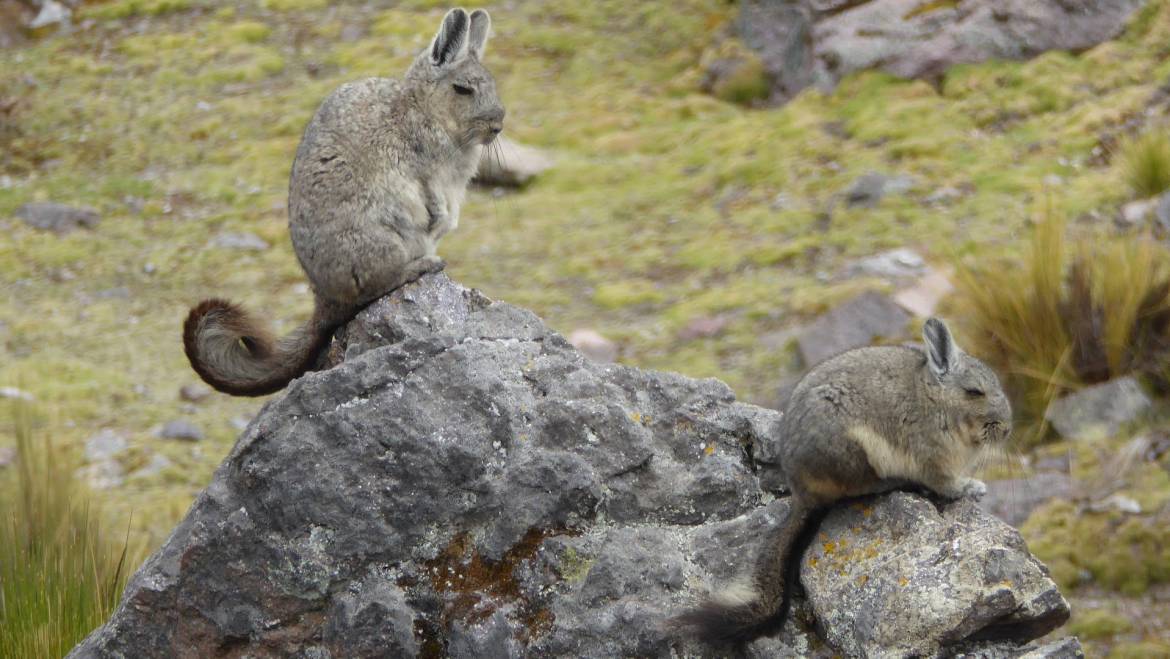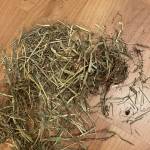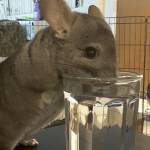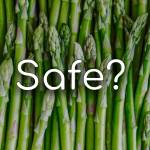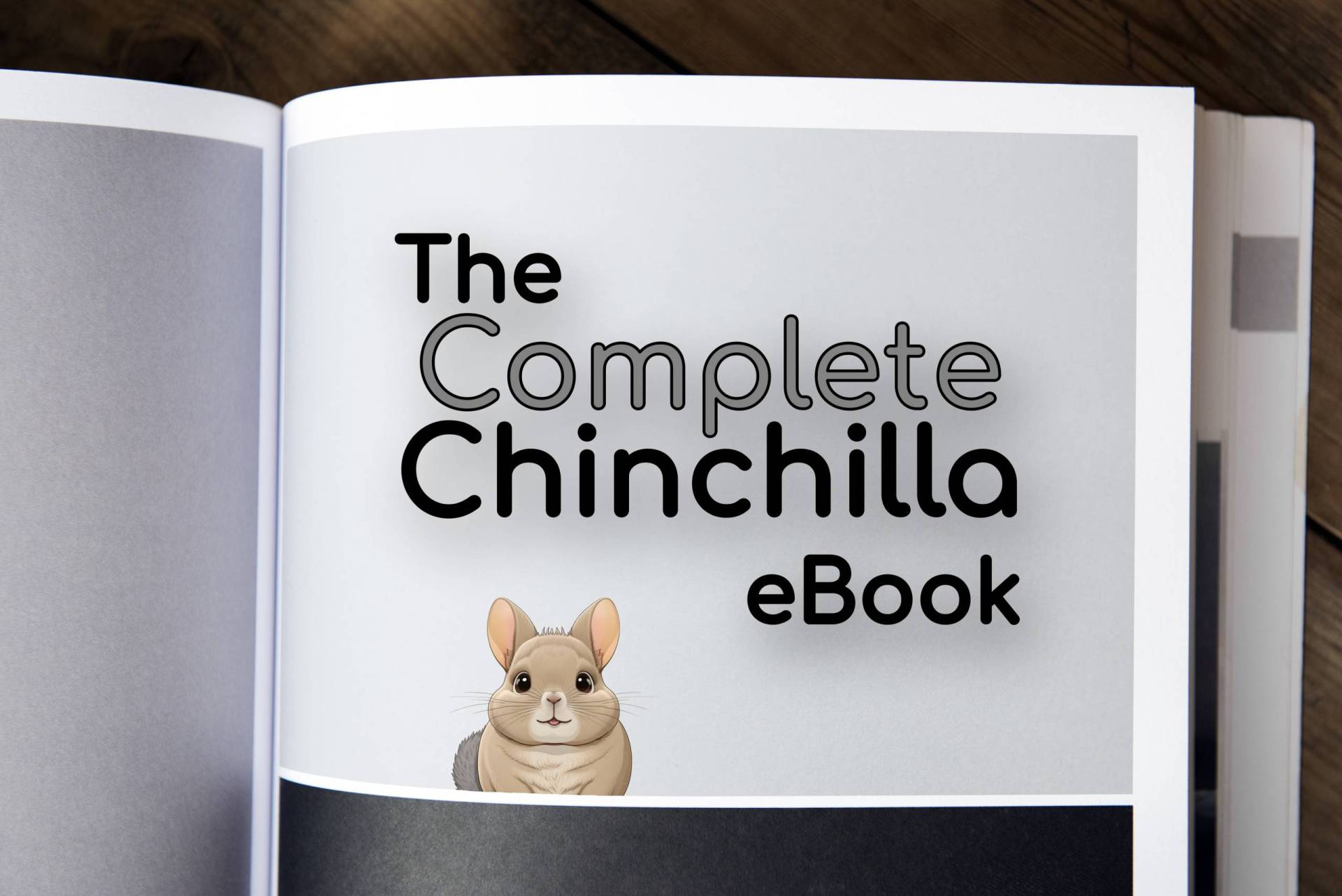Chinchillas are adorable, furry creatures that are loved and cherished by many as pets. Native to the Andes Mountains in South America, chinchillas are known for their soft, dense fur and their active, playful personalities. While chinchillas have become a popular pet in many parts of the world, it’s important to remember that they are still wild animals at heart, and their dietary needs and habits reflect this. In this article, we’ll explore the natural diet of wild chinchillas and provide some helpful information for chinchilla owners looking to ensure their pets are getting the nutrition they need to thrive.
What Do Wild Chinchillas Eat?
Wild chinchillas are herbivores, which means they eat a diet that consists exclusively of plant material. In the wild, their diet primarily consists of grasses, seeds, and other vegetation that is native to their natural habitat. In particular, chinchillas rely heavily on the grasses and shrubs found in the high-altitude grasslands of the Andes Mountains.
Grasses and Hay
Grasses make up the bulk of the wild chinchilla’s diet. They consume a variety of grasses, including bluegrass, ryegrass, and fescue. These grasses are high in fiber, which is important for maintaining a healthy digestive system. In the wild, chinchillas forage for grasses during the day and typically rest in rock crevices or burrows during the night.
In captivity, chinchillas should have access to high-quality hay as a staple part of their diet. Timothy hay is a great option, as it is high in fiber and low in protein and fat. Alfalfa hay is also an option, but it should be given in moderation, as it is higher in protein and calcium, which can cause health problems in chinchillas if consumed in excess.
Vegetables and Fruits
While grasses make up the bulk of a wild chinchilla’s diet, they also consume a variety of other plant materials, including seeds, fruits, and vegetables. In the wild, chinchillas will forage for berries and fruits that are native to the Andes, including cactus fruit and various types of berries.
In captivity, chinchillas can also benefit from a variety of fruits and vegetables as part of their diet. However, it’s important to remember that chinchillas have delicate digestive systems, so any new food items should be introduced slowly and in small amounts. Some good options include leafy greens like kale and spinach, as well as carrots and apples. Avoid feeding your chinchilla fruits and vegetables that are high in sugar, as this can lead to health problems such as obesity.
Water Consumption
In their natural habitat, wild chinchillas obtain water from sources such as dew and rain. However, due to the dry and arid climate of the Andes Mountains, water sources can be scarce, and wild chinchillas have developed unique physiological adaptations to conserve water. These adaptations include producing dry feces and limiting their urine output, which helps to reduce water loss.
Despite their ability to survive in water-scarce environments, wild chinchillas still require water to maintain proper bodily functions. They obtain a portion of their water needs from the vegetation they consume, which can contain varying amounts of moisture. Additionally, wild chinchillas may obtain water from underground sources such as springs or from snow and ice during the winter months.
It’s important to note that captive chinchillas require a consistent supply of clean and fresh water at all times. While wild chinchillas have adapted to survive with limited water sources, this is not the case for their domesticated counterparts. Providing your pet chinchilla with a clean water source is essential to their health and well-being. Keep in mind that chinchillas have a low thirst drive, so it’s important to encourage them to drink by providing water at all times.
Factors Affecting Wild Chinchilla Diet
While the natural diet of wild chinchillas is primarily composed of grasses, seeds, and other vegetation, their diet can vary depending on factors such as location, season, and availability of food. For example, in areas where grasses are scarce, chinchillas may rely more heavily on shrubs and other vegetation for their nutrition. Additionally, the availability of food can vary greatly depending on the season, with chinchillas storing food during the summer months to ensure they have enough to eat during the winter.
Chinchillas are also known to be selective eaters, preferring certain types of grasses and other plant materials over others. In some cases, chinchillas may even prefer to eat the leaves of certain plants over the stems, which can lead to imbalances in their diet if they are not given a varied selection of food.
What to Feed Pet Chinchillas
While it’s important to understand the natural diet of wild chinchillas, it’s also crucial to provide a well-balanced and varied diet for pet chinchillas. In addition to high-quality hay, chinchillas should be given pellets to ensure they are getting all the nutrients they need to thrive.
Pellets are an important part of a chinchilla’s diet, but it’s important to choose high-quality options that are specifically designed for chinchillas. Avoid options that contain added sugars, artificial colors, and flavors, as these can be harmful to your pet.
Treats should be given sparingly, as they are typically high in sugar and fat. Good options for treats include small pieces of dried fruit or a small amount of plain, unsweetened cereal. Avoid giving your chinchilla treats that are high in sugar or fat, as these can lead to health problems.
In conclusion, the natural diet of wild chinchillas primarily consists of grasses, seeds, and other vegetation that is native to the Andes Mountains. While grasses make up the bulk of their diet, they also consume a variety of other plant materials, including fruits and vegetables. In captivity, chinchillas should be provided with high-quality hay, pellets, and a variety of fruits and vegetables to ensure they are getting all the nutrients they need to thrive. It’s important to remember that chinchillas have a delicate digestive system, so any new food items should be introduced slowly and in small amounts. By providing your pet chinchilla with a balanced and varied diet, you can help ensure that they live a long and healthy life.

